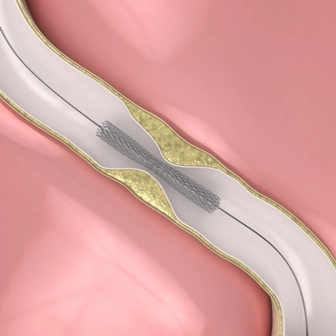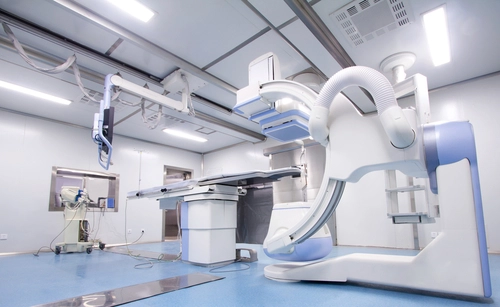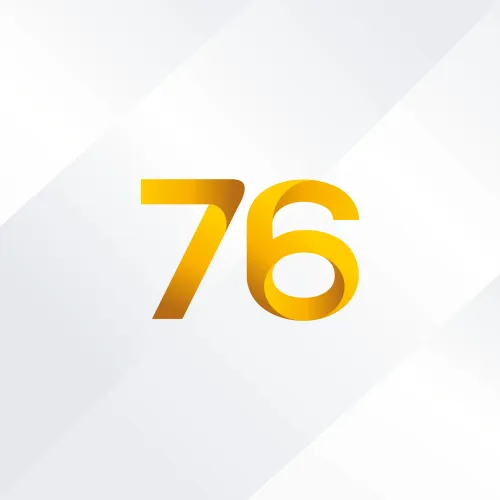Avoid these Common Radiological NCCI Missteps
Sometimes, National Correct Coding Initiative (NCCI) edits don't tell the whole story. There are numerous examples within the radiology specialty that you could easily code incorrectly if you exclusively rely on NCCI edits. Additionally, coders must consider when to rely on an overriding modifier other than modifier 59 (Distinct procedural service). Unless you know how to properly maneuver through the NCCI Policy Manual, some of these crucial guidelines could fly right over your head. Keep reading to take a look at a few of the most common misreported radiological code combinations. Use GG, 59 for Same-Day Diagnostic, Screening Mammograms This one might already be known to you, but it's important to cover in those circumstances in which the provider takes it upon him or herself to order a same-day diagnostic mammogram due to abnormal screening mammogram results (see article Zone in on these Diagnostic Imaging Order Form Guidelines). If a provider performs a screening and diagnostic mammogram on the same day, you must submit a set of overriding modifiers in order for each mammogram to be paid. One of the common misconceptions with coding same-day screening and diagnostic mammograms is that only modifier GG (Performance and payment of a screening mammogram and diagnostic mammogram on the same patient, same day) is necessary to receive proper reimbursement. While you should submit modifier GG with the diagnostic mammogram code, that's only half the battle. Chapter 9 of the NCCI Policy Manual states the following: "Screening and diagnostic mammography are normally not performed on the same date of service. However, when the two procedures are performed on the same date of service, Medicare requires that the diagnostic mammography HCPCS/ CPT® code be reported with modifier GG (performance and payment of a screening and diagnostic mammogram on the same patient, same day) and the screening mammography HCPCS/ CPT® code be reported with modifier 59." With these guidelines in mind, you must also know to attach modifier 59 to the screening mammography code in addition to modifier GG to the diagnostic mammogram code on any set of screening and diagnostic mammograms that the physician performs on the same day. "Remember, the NCCI edit for screening and diagnostic mammogram only applies if the procedures are on the same calendar day," says Amanda Corney, MBA, medical billing operations manager for Medical Resources Management in Rochester, New York. "If a patient presents for the diagnostic imaging on a separate calendar date, even if it is within 24 hours of the initial screening, the NCCI edit no longer applies," Corney adds. Never Code 73630 with Same-Sided Calcaneus, Toe X-Rays This next guideline is one that can come as a surprise to even the most experienced radiology coders. Sometimes, a provider will order an X-ray of the foot, calcaneus, and/or the toes to determine the extent of a patient's trauma to the area. These cases are great examples of how relying solely on an NCCI edit check can get you in trouble. For example, consider a scenario in which the radiologist performs a three-view X-ray of the foot and a two-view X-ray of the calcaneus. Imagine, even further, that the provider indicates separate trauma to the foot and the calcaneus. A coder may look up an NCCI edit between codes 73630 (Radiologic examination, foot; complete, minimum of 3 views) and 73650 (Radiologic examination; calcaneus, minimum of 2 views) and see that an overriding modifier is allowed when the procedures are distinct from one another. Even though the provider documents separate diagnostic reasons for each examination, you have to fall back on Chapter 9 in the NCCI Policy Manual for the final say: "Since the foot includes the toes and calcaneous bone, CPT® code 73630 includes radiologic examination of the toes and calcaneous. A physician shall not report CPT® code 73650 or 73660 (Radiologic examination; toe(s), minimum of 2 views) with CPT® code 73630 for the same foot on the same date of service." Therefore, in the example above, you would not include code 73650, despite the separate diagnostic indications. The same rule applies if the ordering provider requested the toes be imaged for an entirely separate diagnostic reason from the foot. Caveat: However, as you can see in the NCCI Policy Manual instructions, there is no rule regarding the combination of code 73620 (Radiologic examination, foot; 2 views) and 73650/73660. In respect to 73620 and 73650, there is no NCCI edit in place between these two codes. That means that you may bill these two procedures together in all instances. However, 73660 is a column two code when billed alongside 73620. Therefore, you should only bill out 73660 with modifier 59 if the provider performs the exams for two separate and distinct diagnostic reasons.




